Manufacturing sector trailblazes recovery
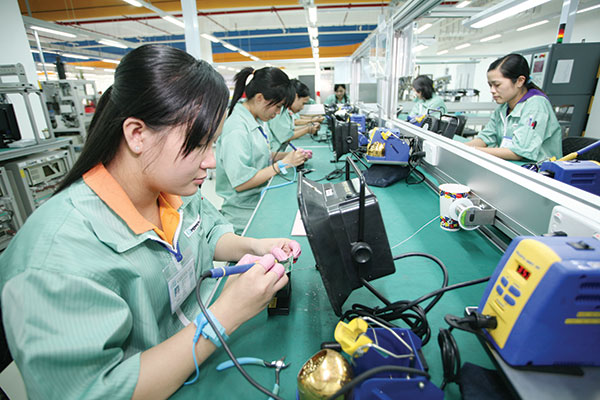
Foreign invested enterprises led the growth charge in the country’s manufacturing sector
Nguyen Thi Nhan, a 25-year-old worker from Taiwanese-backed auto spare-part maker Chun Fun in Hanoi was pleased by the company’s decision in September to raise wages in recognition of increased productivity. “The company’s production has been far better than in previous months,” she said. Chun Fun is just one of many foreign invested enterprises (FIEs) in Vietnam that have been performing well, despite the on-going economic woes.
For instance, Chinese-backed cloth-maker Texhong Ngan Long reported that it had invested about $120 million in this year’s first nine months, with the figure for the whole of 2013 forcasted to reach $150 million. Since April 2012, when its $400 million cloth making factory in the northern province of Quang Ninh was licenced, the company has invested $160 million. The Singaporean-Vietnamese joint venture Cai Lan Oils and Fats Industries also reported that its investment capital in Vietnam would be $11.14 million this year. These companies all reported high export turnovers.
Also in Quang Ninh, VFM-Wilmar, a Singaporean and Samoan joint venture producing and exporting wheat, and Hong Kong-backed Loi Lai entertainment company planned to invest $15 million and $22.73 million, respectively, in their projects this year.
In another case, investors from the US, South Korea and China have invested more than $452 million in this year’s first nine months for their Mong Duong 2 power project, with this sum expecting to reach $641.8 million for the year.
The Ministry of Planning and Investment (MPI) reported that the majority of Vietnam’s local production and exports for the year to date were courtesy of FIEs. So far in 2013, FIEs’ investment capital disbursement has reached $9.62 billion, up 6.4 per cent on-year, and their newly registered investment capital has hit $15 billion, a 36.1 per cent on-year rise.
FIEs’ export turnover totaled $58.5 billion, accounting for 60.6 per cent of Vietnam’s total export value.
Nguyen Van Sang, a representative from South Korean-backed garment maker KJ Vina, said that his company’s total revenue for 2013 would increase 15-20 per cent on-year, thanks to a surge in exports to the US and Europe. “The local economy is bouncing back and foreign firms like ours are quite upbeat about Vietnam’s economy,” he said.
HSBC Vietnam last week announced that its Purchasing Managers’ Index – a composite indicator designed to provide a single-figure snapshot of operating conditions in the manufacturing economy – ascended to 51.5 points in September, from August’s 49.4 points, the banks best reading since April 2011.
What the stars mean:
★ Poor ★ ★ Promising ★★★ Good ★★★★ Very good ★★★★★ Exceptional
Latest News
More News
- Home firms make M&A presence felt (November 27, 2024 | 09:33)
- Thailand's BCPG invests $130 million in Gia Lai wind power plants (November 26, 2024 | 15:08)
- The 16th Vietnam M&A Forum: A Blossoming Market (November 26, 2024 | 13:53)
- Posco interested in $2.2 billion Quynh Lap LNG thermal power plant (November 26, 2024 | 13:50)
- $1.4 billion Nhon Trach 3 and 4 to operate in 2025 (November 26, 2024 | 13:37)
- Hung Yen focused on attracting high-tech FDI (November 26, 2024 | 13:20)
- Foreign investors flock to invest in southern provinces and cities (November 26, 2024 | 10:00)
- Trump may mean challenges for Vietnam but FDI remains strong (November 26, 2024 | 08:30)
- HCM City set to welcome fresh wave of US investment (November 26, 2024 | 08:00)
- Dynamic M&A landscape felt in food and beverages (November 25, 2024 | 16:21)

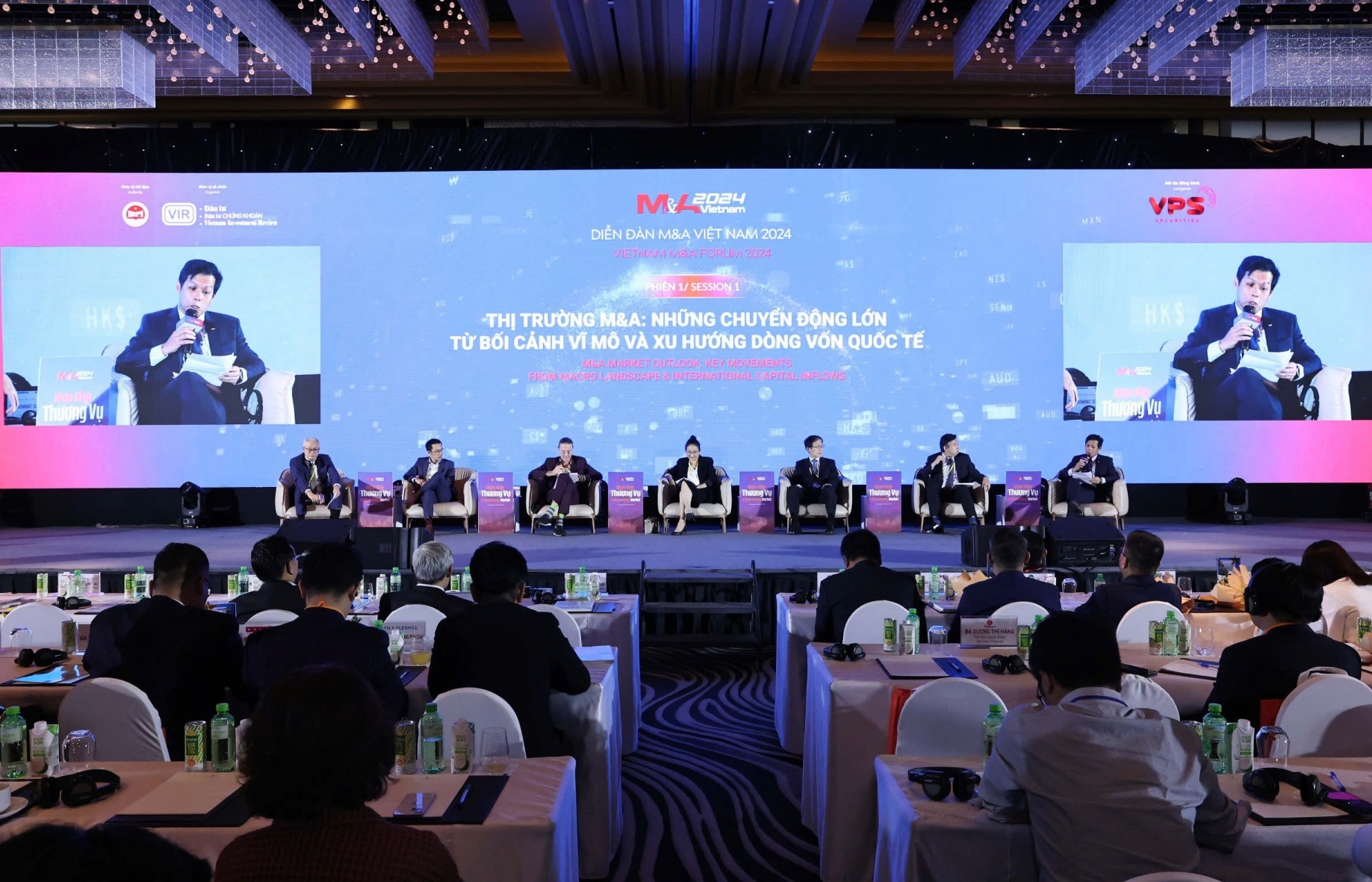

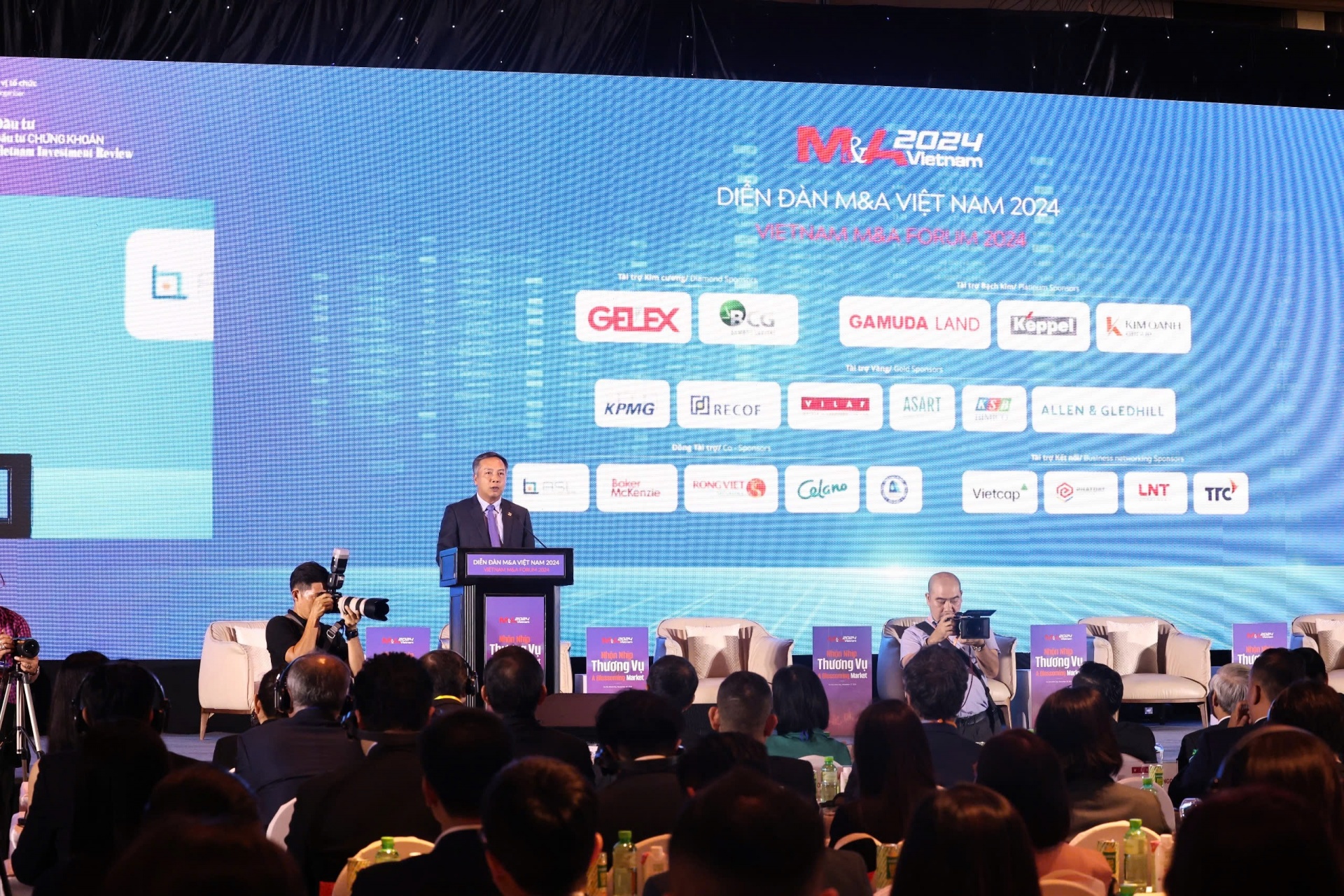
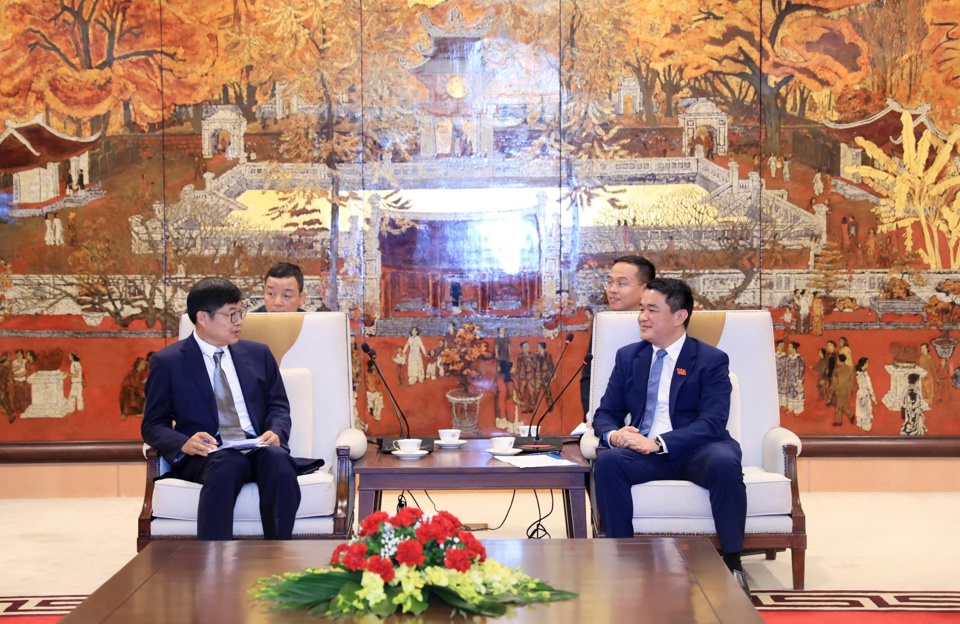

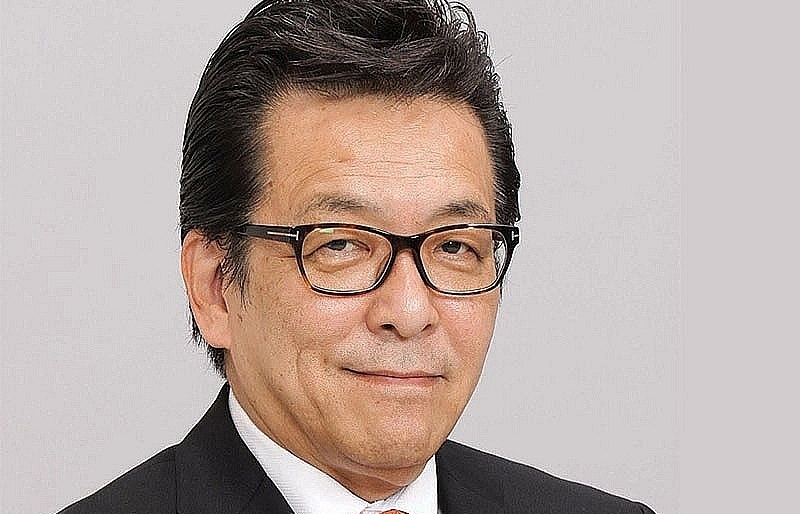




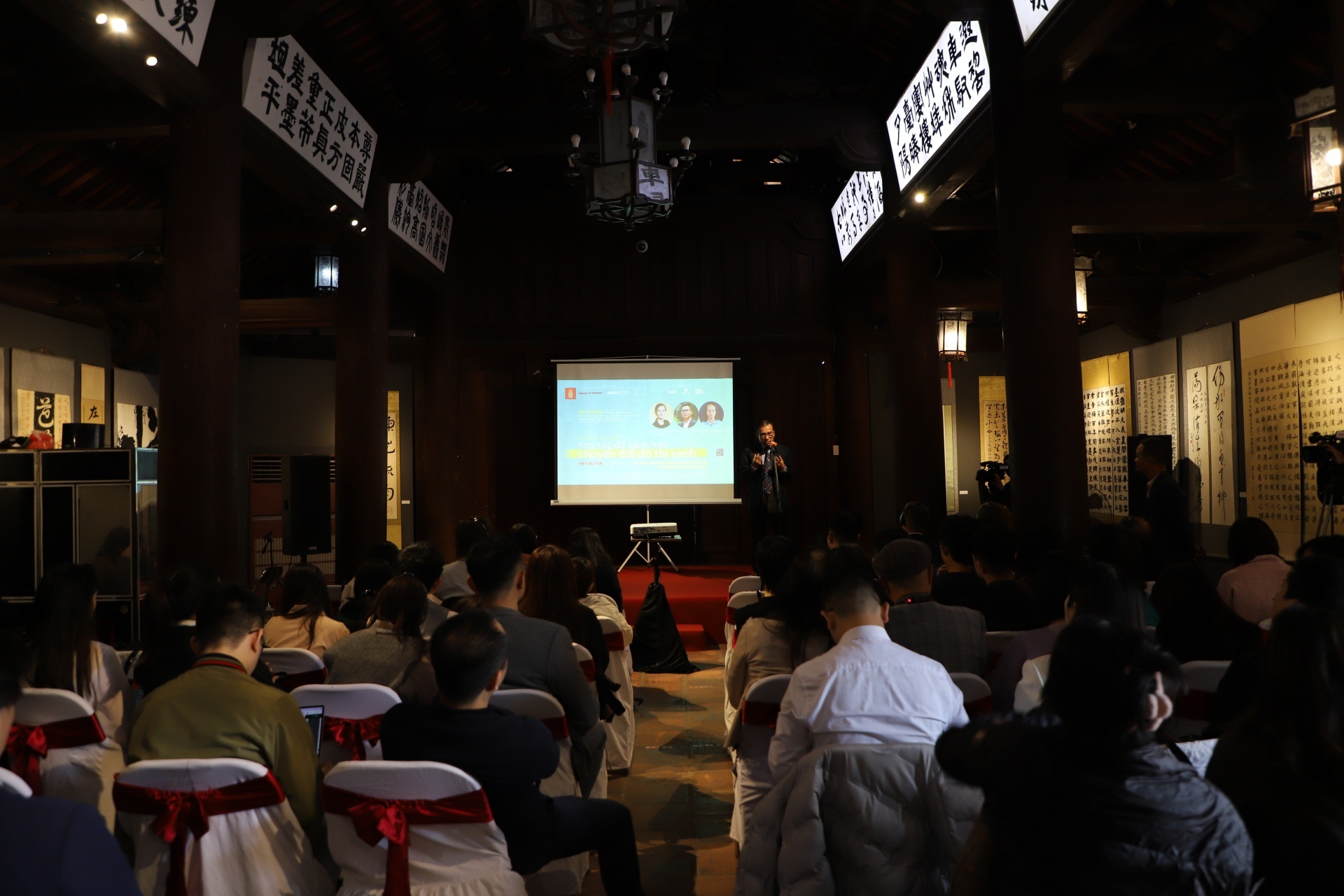
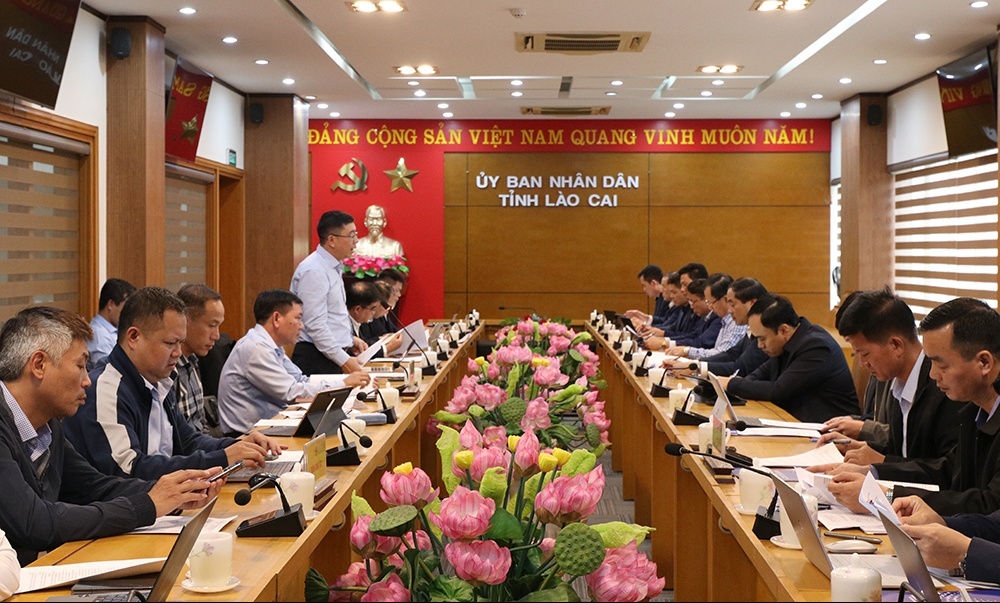




 Mobile Version
Mobile Version